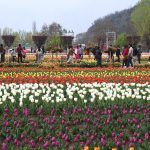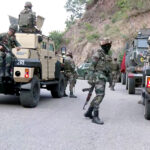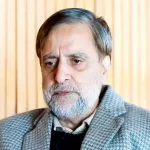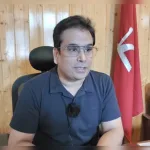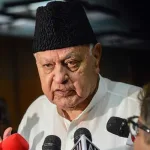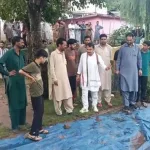The freedom movement in India had many strands as far as the involvement of the people and personalities is concerned. Though the leaders that emerged on the political scene to defy British imperialism were making their moves to oust the foreign rule, one thing has to be remembered that there was a class of leaders who used the British system and the English education to oppose the British policies in India through their medium. It must be noted that the Indian leadership that was in the forefront to create a critical mass for the home rule and the national government operated from both within India and also from outside India. And it is in this context that the freedom movement must be analysed to arrive at the logical political conclusion to decode the form of political system that India got at the stroke of the midnight in August 1947 to have the tryst with destiny. At the same time one must not forget that the British were astute enough to extract the price from the Indians for their patriotism when they were compelled to leave India due to the existing and emerging world’s geo-strategic scenario. The British had already divided the Indian society into sects, castes and social groups besides the sowing of communal divide to vivisect the Indian nation. This division gave enough space to leaders of all hues to operate and play their politics and extract as much as they could from the outgoing British imperialists. Among these leaders and groups there was an ample scope for the public figures to mould their politics in such a way that it can make them hold the sway in the Indian public life even if there was no patronage of the British after their ouster in the new India that will take shape once the colonisers made their exit. It is in this backdrop that many leaders and organisations emerged on the Indian political scene that laid the foundation of the post-Independence India, whether the traditional historians of the old school trained in the colonial mould agree or not. As discussed above, there was an equal thrust on the Indian political stage from inside and outside India. Outside the Indian nation, the India house located in the United Kingdom (UK) served as the centre of nurturing the class of Indian leaders and intellectuals who were made for the long haul. Groomed under the patronage of the legendary Shyam Ji Krishna Verma, a matchless patriot, these defenders of the Indian civilizational moorings laid the foundation of the resurgent India. The prominent among them is the Vinayak Damodhar Savarkar popularly known as Veer Savarkar who defied the British and shaped the narrative that was based on the standpoint making the territorial integrity and sovereignty of India as non-negotiable. An uncompromising nationalist who was both an original scholar and a revolutionary of the highest order. National destiny had mandated many things for many people. If Savarkar was fighting for securing the frontiers of the nation for the post independent Indian nation then B.R. Ambedkar groomed the nuances of British politics and law and was sweating for the upliftment of lower castes who felt marginalised. In his struggle for the lower castes, he shaped the politics of confrontation for the positive discrimination to upgrade his people. This at times led to many fissures that could have led to vicious divisions but for the availability of statesmanship and scholarship this situation was neutralised and for this the credit must go to Savarkar, who could make Ambedkar internalise the political reality while acknowledging his concern by organising the social inclusion movement where he himself led from the front by ending social divisions created by the colonisers among the Indians to rule by division. Ambedkar was a shrewd tactician and had the political foresight to visualise the times ahead. He has well-articulated this in his works and lectures so that a firm political base is provided for the lower castes from where they cannot be ignored. When the two nation theory was being formulated and the Muslim League and Congress were at loggerheads, he minced no words and was direct in asking for the share of the Dalits. He gave them parity in the political uncertainty. It is a million dollar question, whether he was right or wrong? But he gave them a political narrative to gain the upper hand when the partition was round the corner. At that time both the dominions of India and Pakistan were compelled to consider the stakes as raised by Ambedkar. History is witness to it that Pakistan failed Ambedkar but India upheld his theory of positive discrimination for the Dalits. This policy needs a separate study as to what has been its fallout on India in totality when marginalisation is decided by political, social, economic and professional exclusion. Not many people know that Ambedkar’s theses on vivisection and balkanisation of India can be well understood by reading his book titled “Partition of India or Pakistan”. It is a must read to internalise the politics of Ambedkar, whether we like it or not. But it allows us to decode how politics and governance took root in India after partition and independence.
Politics of Ambedkar

Sign Up For Daily Newsletter
Be keep up! Get the latest breaking news delivered straight to your inbox.
By signing up, you agree to our Terms of Use and acknowledge the data practices in our Privacy Policy. You may unsubscribe at any time.
Leave a Comment Leave a Comment
Stay Connected
Latest News
Recent Posts
- Mian Altaf expresses grief over mother-daughter’s death in Rajouri
- MLA Tanvir pays obeisance at Asar-e-Sharief Dargah Hazratbal
- Dr Farooq expresses grief over demise of Abdul Hameed Kitab
- MLA Pathania pledges Rs 1 crore for flood relief & rehabilitation
- Sagar inspects Jhelum bund, reviews flood preparedness


